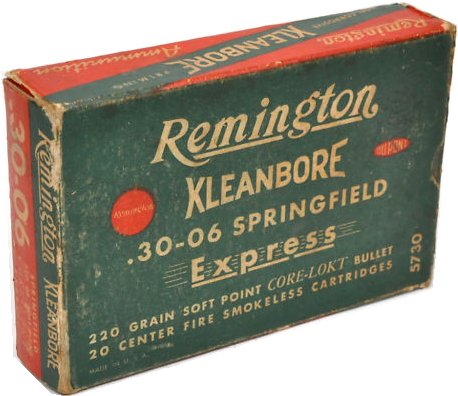Difference between revisions of "Loads, Grains, and Bullets"
(New page: With modern firearms the term "grains" refers to weight. The term itself is a throwback to the black powder era. On a box of ammunition cartridges the term "grains" describes the weight ...) |
|||
| Line 5: | Line 5: | ||
[[Image:30-06riflecartridges.jpg]] | [[Image:30-06riflecartridges.jpg]] | ||
| + | This cartridges box from the 1950's describes a 220 grain soft point bullet. This refers to the weight of the bullet and not how much gunpowder is in the cartridge case. The original M1906 .30-06 cartridge consisted of a 150 grain jacketed bullet. After WWI the weight of the bullet was increased to 173 grain for military use. Contemporary .30-06 bullet weights range from 110 to 220 grains. | ||
| + | |||
| + | When speaking in terms of gun powder, the amount of powder, also expressed in grains, has a lot to do with the type of powder used. There's a variety of modern smokeless powder types with various burn rates for various application types. | ||
| | ||
Revision as of 16:50, 19 April 2011
With modern firearms the term "grains" refers to weight. The term itself is a throwback to the black powder era. On a box of ammunition cartridges the term "grains" describes the weight (mass) of the bullet.
If you purchase a box of a .30-06 rifle cartridges you will note that the load is marked on the box described by grains.
This cartridges box from the 1950's describes a 220 grain soft point bullet. This refers to the weight of the bullet and not how much gunpowder is in the cartridge case. The original M1906 .30-06 cartridge consisted of a 150 grain jacketed bullet. After WWI the weight of the bullet was increased to 173 grain for military use. Contemporary .30-06 bullet weights range from 110 to 220 grains.
When speaking in terms of gun powder, the amount of powder, also expressed in grains, has a lot to do with the type of powder used. There's a variety of modern smokeless powder types with various burn rates for various application types.
